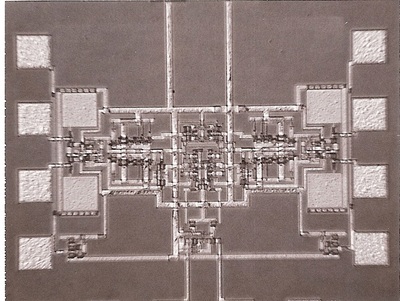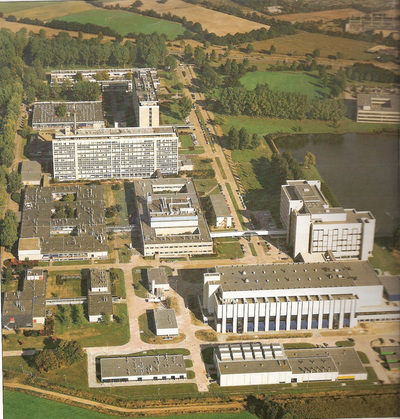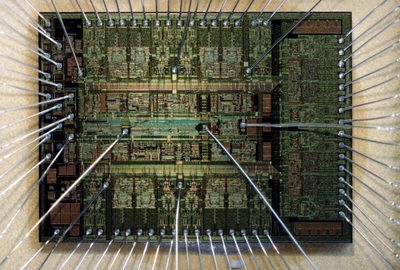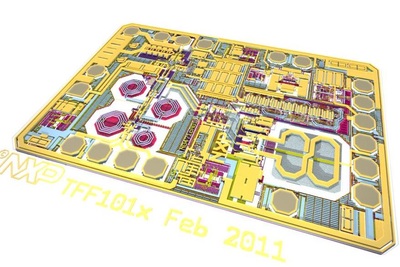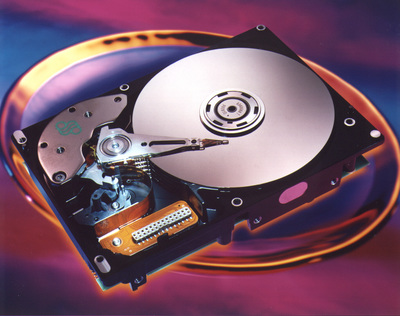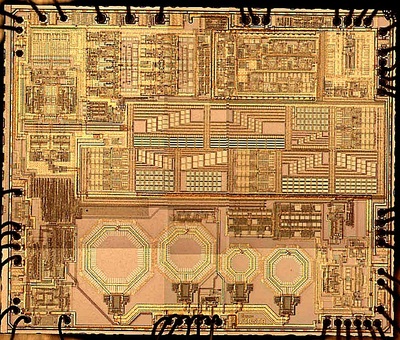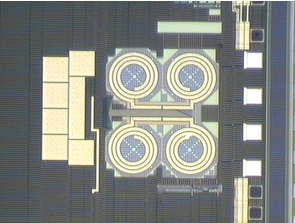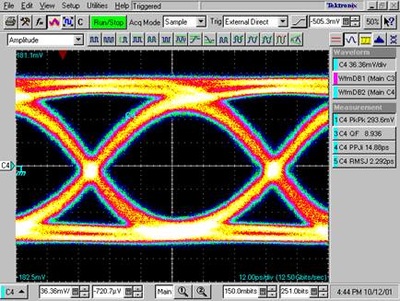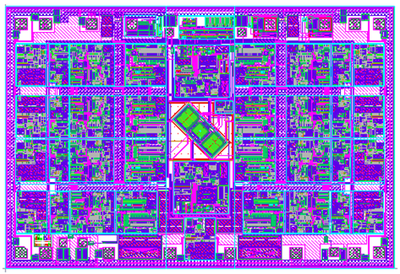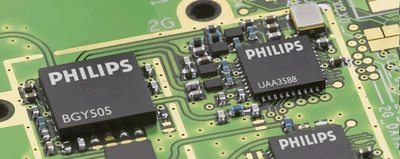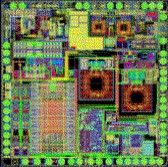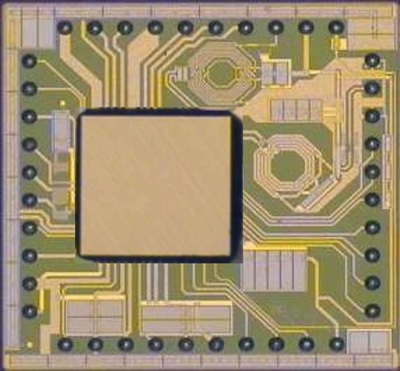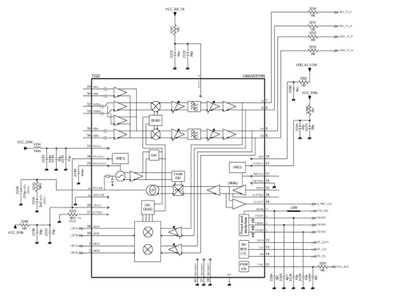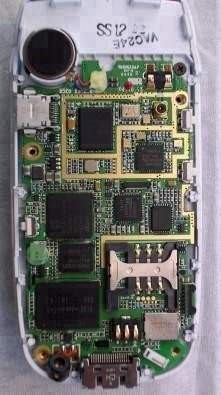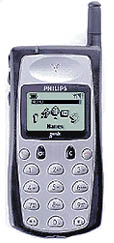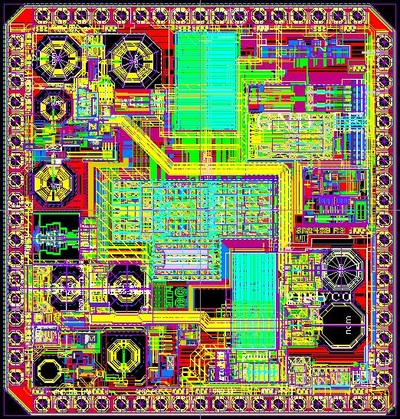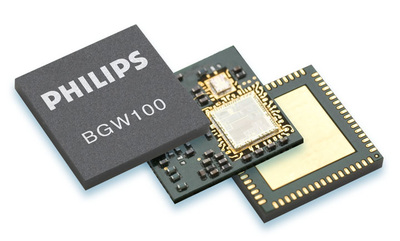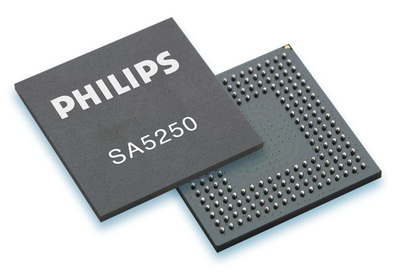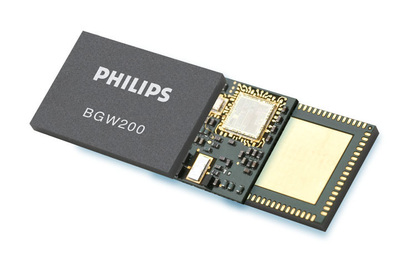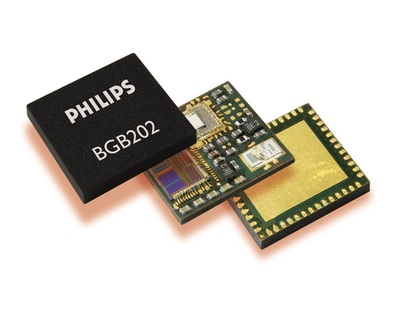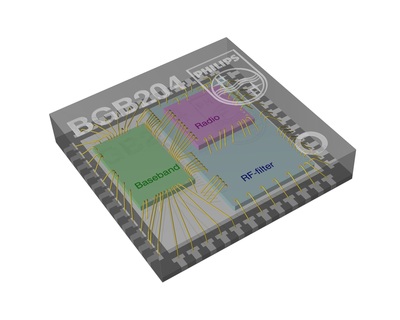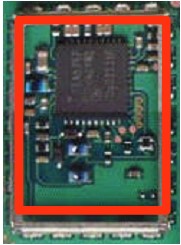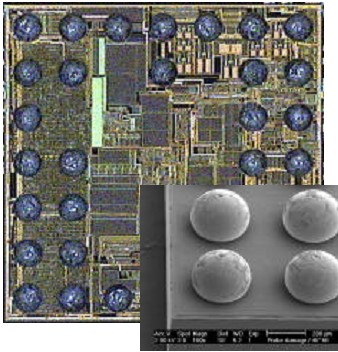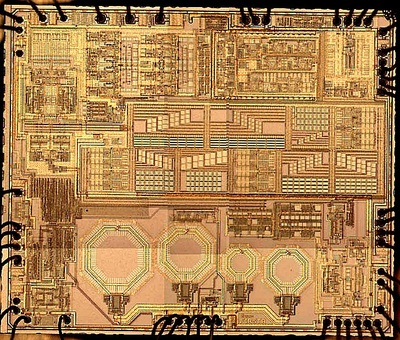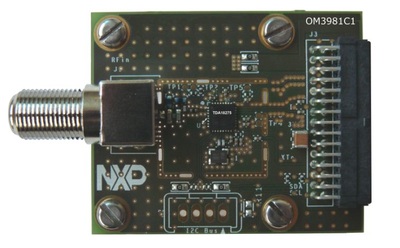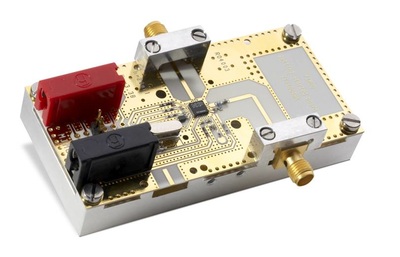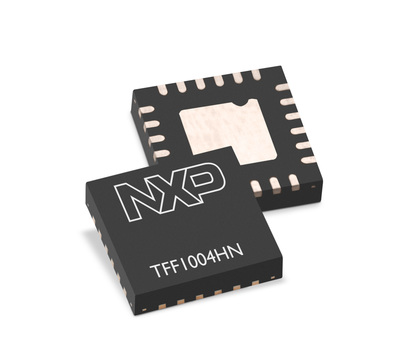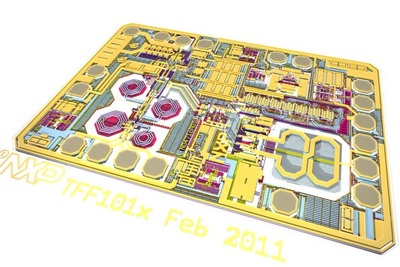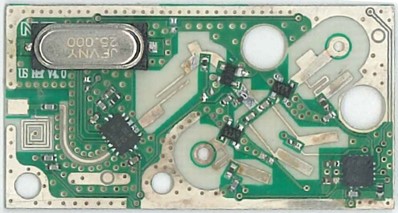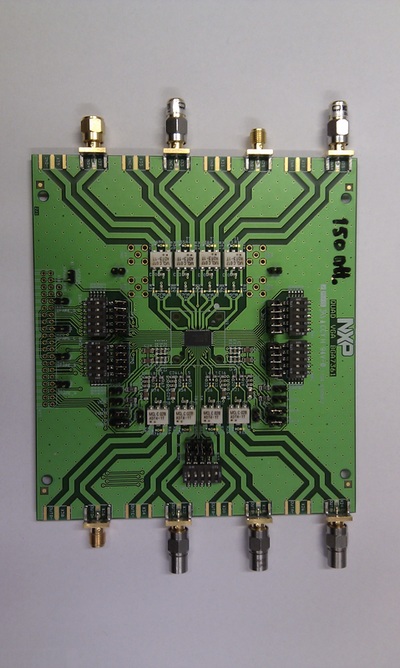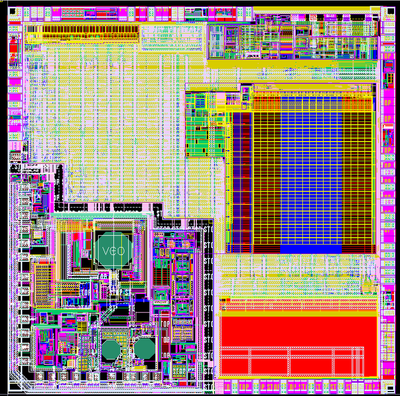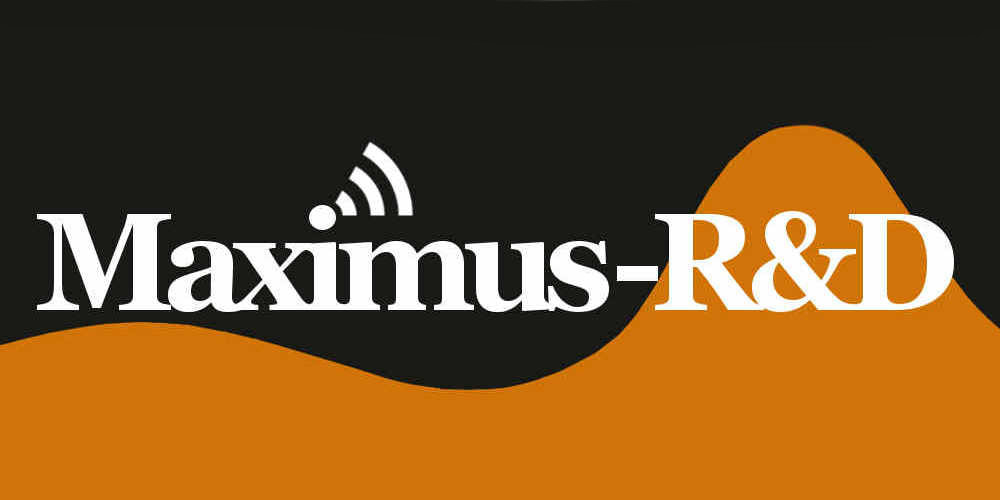|
My first involvement with RF-IC design was when I designed three IC's in the then prototyping Philips HS4 silicon bipolar process, offering the at that time (around 1991) staggering 12.5 GHz fT.
I was member of the team defining HS4 and its successor technology, which became the very successful Qubic1 BiCMOS process. |
|
The group Integrated Transceivers that I took over October 1998 was the single group in Philips Research Natuurkundig Laboratorium (NatLab) serving all RF applications within Philips. Which were at the time still many!
The team focused on innovative concepts and preferably together with the business units real product prototypes. Applications were always related to either high frequencies (RF) or high speed transmission.
|
|
After moving to Philips Semiconductors in 2003 RF-IC's became my primary occupation, and also after becoming BU R&D and Strategy manager the RF-IC's remained a substantial part of the portfolio. In all cases I was deeply involved in both the technology and platform roadmap definition, as well as monitoring project execution. In these years a very broad range of RF applications was covered:
|
|
|
The area where I've been involved longest has been the TV tuner IC's. While in Krefeld and Singapore my team was the lead customer of the Semiconductor group in Caen, and we jointly defined Mixer-Oscillators (MO), PLL's and the first generation MOPLL, the TDA6400, at the time a major integration step. Since then a number of major innovations in broadcast reception were developed:
|
